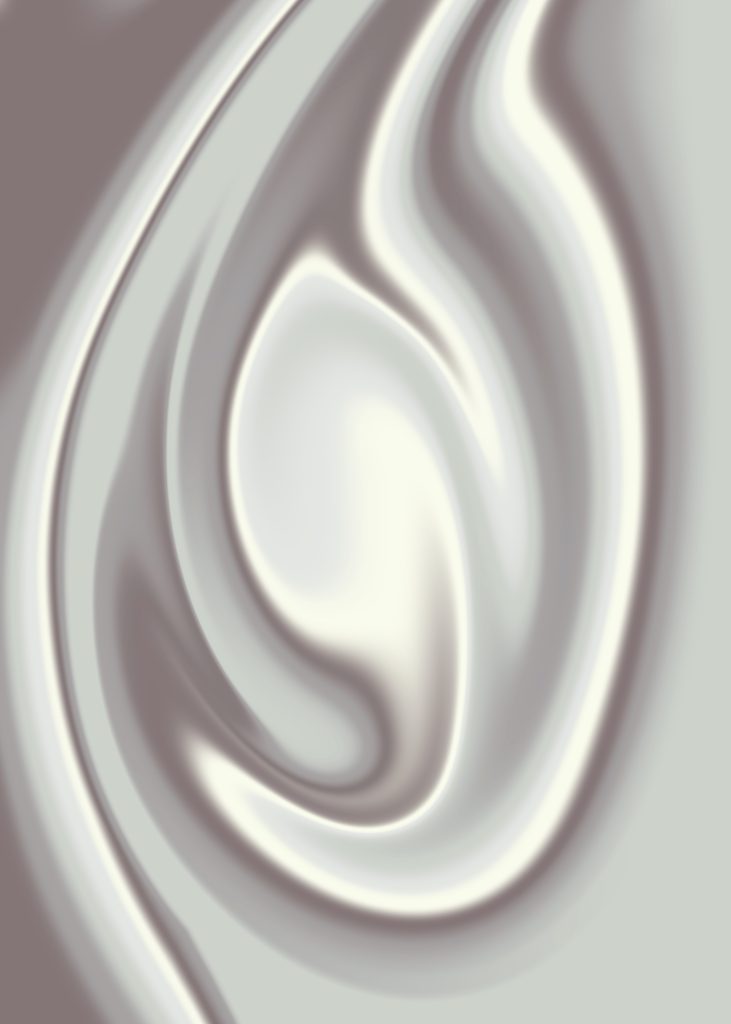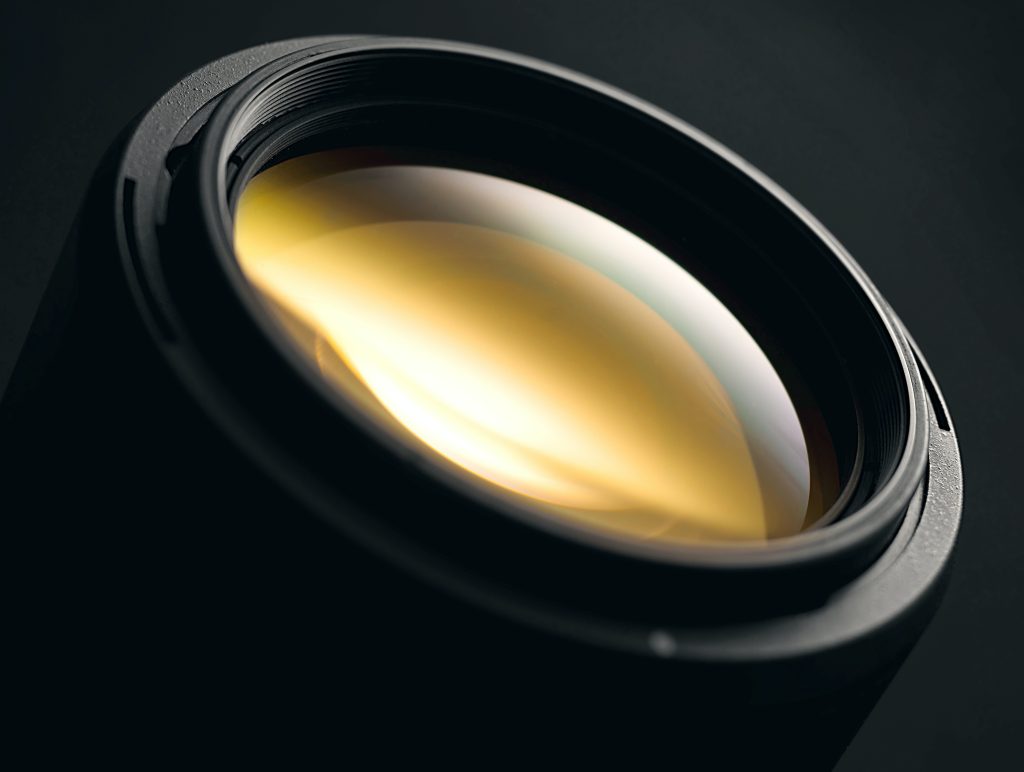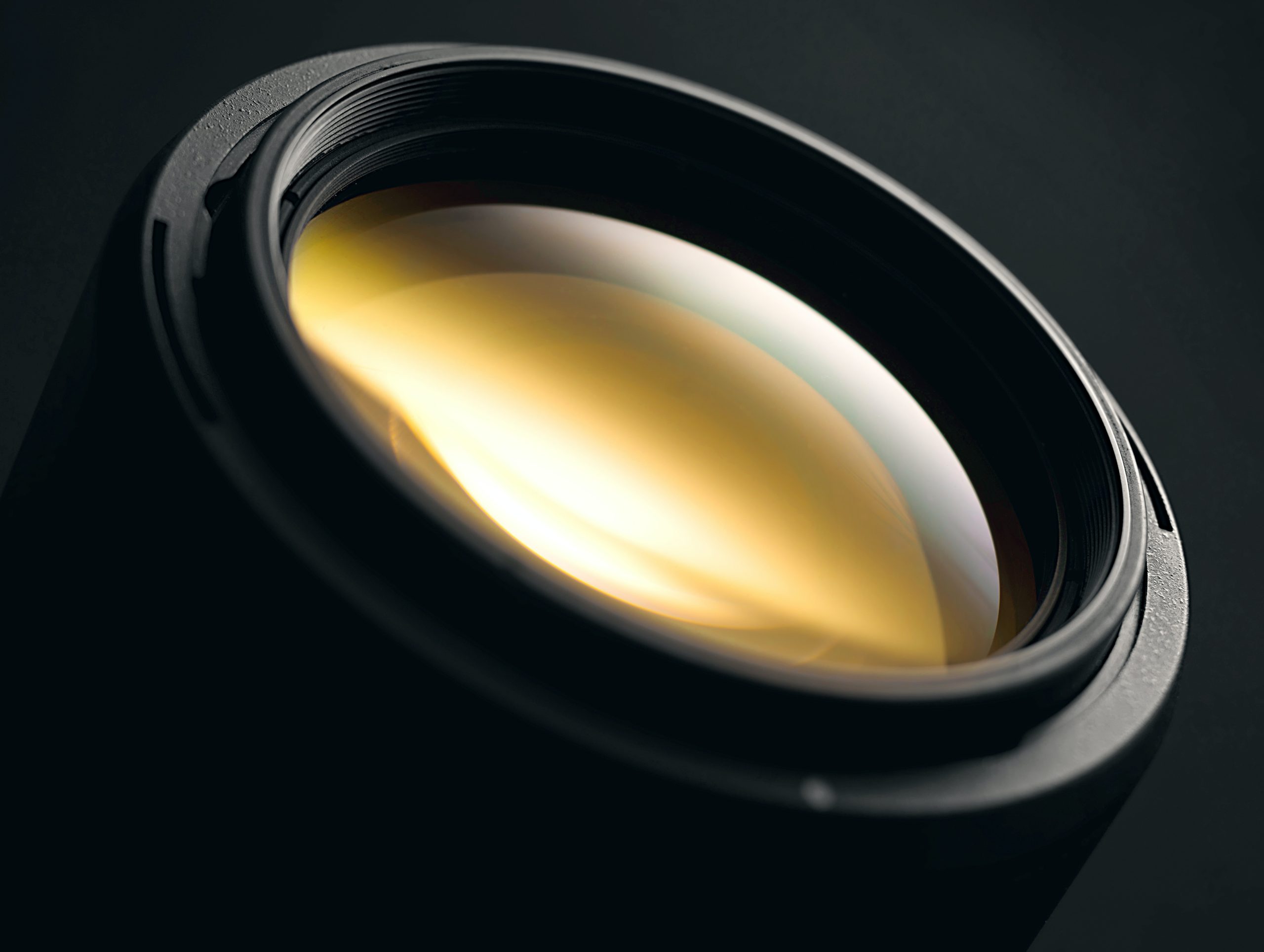So, you’ve got a telescope, and you’re wondering how to go about cleaning its optics safely, right? Well, no worries, because I’ve got you covered! Cleaning your telescope’s optics may seem like a daunting task, but with a few simple steps, you’ll have those lenses shining clear in no time.
Firstly, it’s important to remember that your telescope’s optics are delicate, so it’s crucial to be gentle throughout the cleaning process. Start by using a soft brush or a can of compressed air to remove any loose dust or dirt from the lenses. Be careful not to apply too much pressure or touch the surface directly. Next, use a specialized lens cleaning solution and a microfiber cloth to gently wipe the lenses in a circular motion. Avoid using regular cleaning products or materials as they can damage the coatings on the lenses. Finally, let the optics air dry or use a blower to remove any remaining moisture. And there you have it – your telescope’s optics are now clean and ready for some stargazing adventures!
Remember, taking care of your telescope’s optics is essential for clear and crisp views of the night sky. By following these steps and treating your optics with care, you’ll ensure that your telescope continues to provide you with amazing celestial experiences for years to come. Happy stargazing!
Preparation
Before you dive into cleaning your telescope’s optics, it’s important to gather the necessary supplies. You’ll need a blower brush, compressed air, cleaning solution, and lens tissue. These tools will help you effectively remove dirt, dust, and stains without damaging the delicate lenses and mirrors of your telescope.
Next, choose a clean and dust-free environment to perform the cleaning. Ideally, this should be indoors to minimize the risk of dust particles getting onto your optics. Make sure to clear the area of any potential sources of dust, such as open windows or fans. A clean, well-lit room will provide the ideal environment for a successful cleaning session.
Lastly, take some time to familiarize yourself with the telescope optics. This means understanding how the lenses and mirrors work together to produce the magnified image you see through the eyepiece. Knowing the intricacies of these components will help you handle them with care during the cleaning process.
Cleaning Tools and Techniques
To effectively clean your telescope’s optics, you’ll need to utilize the right tools and techniques. Let’s explore some of the most common methods:
Using a blower brush: This soft-bristled brush is great for removing loose particles from the optics. Gently brush away any visible debris without applying too much pressure. This method is particularly useful for removing larger particles that may scratch the surface if wiped immediately.
Using compressed air: If some particles are stubborn and refuse to budge, compressed air can offer a more powerful solution. Be sure to use a canister specifically designed for cleaning optical equipment. Spray short bursts of air onto the optics to dislodge any remaining debris. Remember to hold the canister upright to prevent any liquid propellant from escaping onto the lens.
Using cleaning solution and lens tissue: For more persistent stains and smudges, a cleaning solution and lens tissue can work wonders. Apply a small amount of the cleaning solution to a piece of lens tissue and gently wipe the optics in a circular motion. Avoid using excessive force to prevent any accidental scratching.

Step-by-Step Cleaning Process
Now that you have the necessary tools and techniques, let’s walk through the step-by-step cleaning process for your telescope’s optics:
Inspecting the optics for visible debris: Begin by carefully examining the lenses and mirrors for any visible dirt or dust particles. This will help you determine the level of cleaning required.
Removing loose particles with a blower brush: Start by using a blower brush to gently brush away any loose debris. Be thorough but gentle to avoid scratching the optics.
Using compressed air to blow away stubborn particles: If there are still stubborn particles remaining, use compressed air to dislodge them. Remember to use short, controlled bursts of air and avoid holding the canister too close to the optics.
Applying cleaning solution to lens tissue: For tougher stains, it’s time to bring out the cleaning solution. Apply a small amount of the solution to a piece of lens tissue.
Gently wiping the optics in a circular motion: Using the lens tissue, gently wipe the optics in a circular motion. Be careful not to apply excessive pressure to avoid scratching the delicate surfaces. If necessary, repeat this step with a fresh lens tissue.
Checking for any remaining residue: Once you’ve finished cleaning, inspect the optics again to ensure there are no remaining residue or streaks. If needed, repeat the cleaning process or consider seeking professional help.
Dealing with Stubborn Stains
Despite your best efforts, there may still be stubborn stains on your telescope optics. In such cases, it’s important to exercise caution and use the appropriate techniques to remove them:
Using isopropyl alcohol for tough stains: Isopropyl alcohol can be effective in removing tough stains. Moisten a piece of lens tissue with a small amount of alcohol and gently wipe the optics in a circular motion. Be sure to use only a minimal amount of alcohol and avoid direct contact with any surrounding materials.
Applying gentle pressure when wiping: When dealing with stubborn stains, it can be tempting to apply more force. However, it’s crucial to remember that optics are delicate and can be easily scratched. Apply gentle, even pressure when wiping to avoid causing any damage.
Avoiding excessive rubbing: It’s important to be patient and avoid excessive rubbing, especially when dealing with tough stains. Over-rubbing can result in scratches, compromising the optical performance of your telescope. If the stain persists, consider seeking professional assistance.

Avoiding Common Mistakes
To ensure the safe and effective cleaning of your telescope’s optics, it’s crucial to avoid common mistakes that may lead to damage:
Never use household cleaning products: Avoid using household cleaning products like window cleaners or paper towels on your telescope optics. These products can contain harsh chemicals and rough materials that can damage the delicate surfaces.
Avoid touching the optics with bare hands: Oil and dirt from your hands can easily transfer onto the optics, degrading their performance. Always handle the optics with clean, lint-free gloves or use lens paper to prevent contamination.
Preventing moisture from entering the telescope: Moisture can be detrimental to the optics, leading to fogging and potential damage. Always keep the telescope covered when not in use and avoid cleaning the optics in a humid environment.
Maintenance Tips
Proper maintenance is essential to keep your telescope’s optics in optimal condition. Here are some tips to help you maintain their performance:
Covering the telescope when not in use: When you’re not observing the night sky, make sure to cover your telescope to protect it from dust, dirt, and moisture. A telescope cover or a clean cloth can do the job effectively.
Regularly dusting the external parts: Dust can accumulate on the external parts of the telescope, including the mount and tube. Regularly dust these components using a soft brush or cloth to prevent the accumulation of debris that may later transfer onto the optics.
Avoiding direct exposure to sunlight: Excessive exposure to sunlight can potentially damage the optics of your telescope. When not in use, store your telescope in a cool, dry place away from direct sunlight.

Seeking Professional Help
In some situations, it may be best to seek professional help for cleaning and servicing your telescope. Here are some instances when consulting a professional is recommended:
When to consult a professional: If you encounter stubborn stains or if you feel unsure about the cleaning process, it’s best to consult a professional. They have the expertise, tools, and experience to handle delicate optics without causing damage.
Finding a reputable telescope servicing center: To find a reputable telescope servicing center, ask for recommendations from fellow astronomy enthusiasts or consult the manufacturer’s recommendations. A professional servicing center can ensure that your telescope receives the proper care it needs.
Specific Cleaning Tips for Different Optics
Different optics require specific cleaning techniques to ensure their longevity and performance. Here are some tips for cleaning specific components of your telescope:
Cleaning telescope mirrors: When cleaning a telescope mirror, it’s crucial to use extreme caution. Mirrors are delicate and easily scratched, so avoid any direct contact and never use a blower brush. Instead, gently apply the cleaning solution to lens tissue and gently wipe the mirror’s surface in a circular motion.
Cleaning telescope lenses: Telescope lenses require a similar approach to mirrors. Use a blower brush and compressed air to remove loose particles first. Then, apply the cleaning solution to lens tissue and use gentle circular motions to clean the lenses. Take care to avoid scratching the lens surface.
Cleaning eyepieces: Eyepieces are often subjected to frequent handling, which can lead to smudges and fingerprints. Use lens tissue and a small amount of cleaning solution to gently clean the eyepieces. Be cautious not to disassemble the eyepieces unless instructed by the manufacturer.
Tips for Safe Handling of Optics
Proper handling of your telescope’s optics is crucial to prevent damage and maintain their performance. Here are some tips for safe handling:
Using lens caps and covers: Always use lens caps and covers to protect the optics when not in use. This prevents dust, debris, and accidental contact that can lead to scratches or other damage.
Properly storing the optics: When storing your telescope or transporting it, ensure that the optics are properly protected. Use padded cases or containers designed for telescope optics to prevent any potential damage during storage or transit.
Avoiding unnecessary disassembly: Unless directed by the manufacturer or a professional, avoid unnecessary disassembly of your telescope’s optics. Disassembling without proper knowledge can lead to mishandling, misalignment, or other issues that may require professional servicing.
Conclusion
Cleaning your telescope’s optics safely is crucial for maintaining optimal performance and enjoying clear views of the night sky. By following the proper preparation, utilizing the right tools and techniques, and avoiding common mistakes, you can effectively clean your optics without causing damage. Remember to seek professional help when needed and regularly maintain your telescope to ensure a longer lifespan and continued enjoyment of the wonders of the universe.











